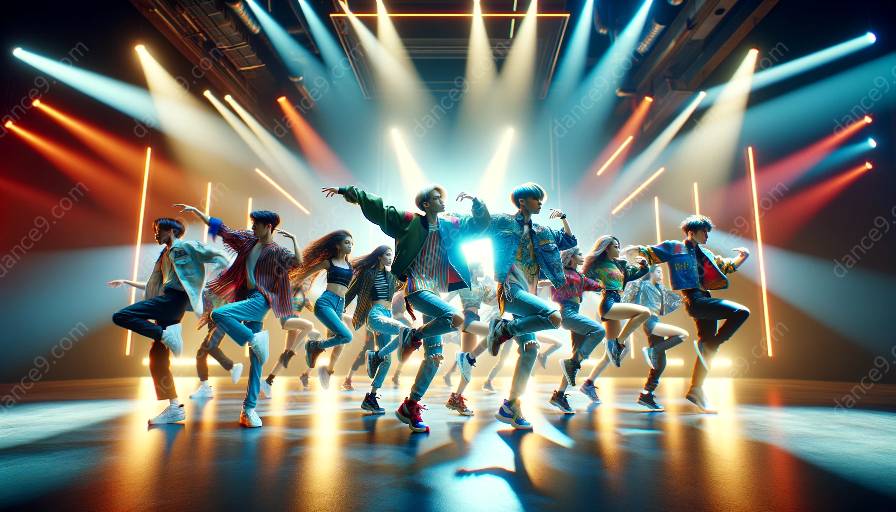Integrating K-pop into traditional dance curricula poses several challenges and opportunities for the dance community. K-pop, a genre of popular music originating in South Korea, has gained immense popularity worldwide, and its influence has extended to various art forms, including dance. Traditional dance curricula often follow established structures and techniques, making the integration of K-pop a complex endeavor.
Understanding the Complexities
One of the primary challenges of integrating K-pop into traditional dance curricula is the stark contrast in styles and cultural influences. Traditional dance forms are deeply rooted in specific historical and cultural contexts, with established movements and storytelling elements. On the other hand, K-pop dance often incorporates modern, urban, and diverse influences, blending hip-hop, street dance, and contemporary styles.
This stark difference in styles presents a challenge for dance instructors and learners. Traditional dance curricula typically emphasize precision, cultural authenticity, and adherence to specific choreographic techniques. Integrating the fluidity and innovation of K-pop dance while respecting the heritage of traditional forms requires thoughtful adaptation and understanding.
Additionally, language and cultural barriers can complicate the integration process. K-pop lyrics are predominantly in Korean, and the cultural nuances embedded in the music and choreography may not immediately resonate with students from different cultural backgrounds. Educators need to navigate these complexities to ensure that the essence of both traditional dance and K-pop is preserved and respected.
Reshaping Dance Classes
The integration of K-pop into traditional dance curricula has the potential to reshape dance classes by fostering inclusivity and diversity. K-pop's global appeal has brought together fans from diverse backgrounds, transcending geographical and cultural boundaries. By incorporating K-pop elements into traditional dance curricula, instructors can introduce students to a broader range of movement vocabulary and cultural expressions.
Moreover, the infusion of K-pop into traditional dance classes can attract a new generation of dance enthusiasts who are drawn to the energy, charisma, and creativity associated with K-pop performances. This shift can invigorate dance programs, attract a broader student base, and rejuvenate interest in traditional dance forms by presenting them in a contemporary and relatable context.
Embracing Collaboration and Innovation
Despite the challenges, the integration of K-pop into traditional dance curricula encourages collaboration and innovation within the dance community. Dance instructors have the opportunity to explore hybrid choreographic approaches that blend the technical rigor of traditional forms with the vibrancy and dynamism of K-pop dance.
Furthermore, this integration can spark meaningful conversations about cultural exchange, appreciation, and creative evolution in dance education. It prompts students and educators to engage with diverse dance styles, fostering a spirit of open-mindedness and cross-cultural understanding.
Empowering Creative Expression
Ultimately, integrating K-pop into traditional dance curricula can empower creative expression and individuality within dance classes. Students are exposed to a rich tapestry of movement styles and storytelling techniques, broadening their artistic horizons and encouraging them to explore new avenues of self-expression.
By embracing the challenges and potential of integrating K-pop into traditional dance curricula, the dance community can cultivate a vibrant and inclusive environment where tradition and innovation converge to inspire the next generation of dancers.













































































